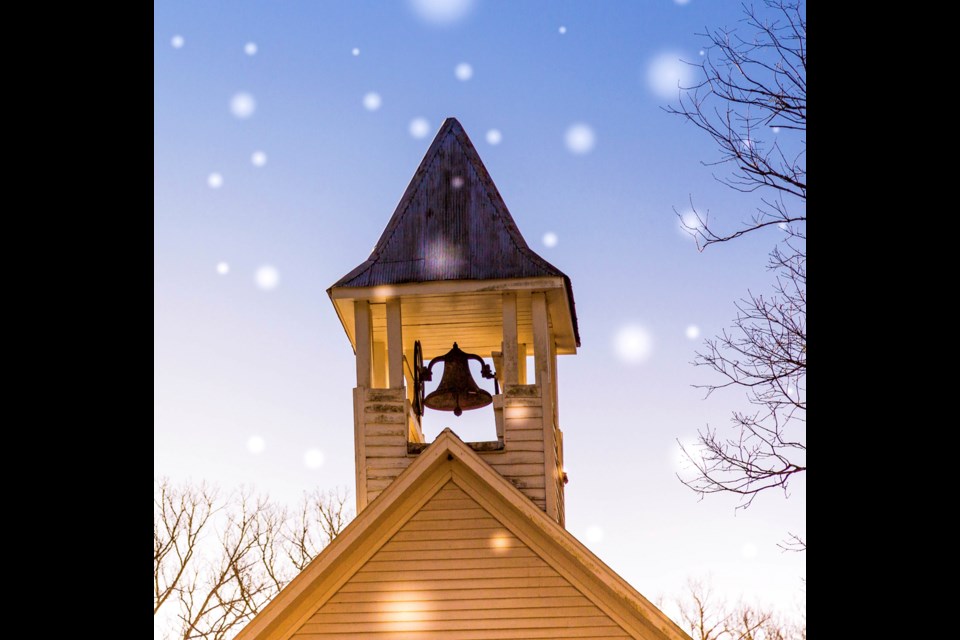On November 11, communities across Canada will mark the 100th anniversary of the end of the First World War with the ringing of 100 bells. The ringing of bells emulates the moment in 1918 when church bells across Europe tolled as four years of war had come to an end.
Kevin Proyck, a member of the executive for Legion Br. No. 8 explained, “Part of that maybe comes from the poem of For The Fallen. The British poet, Laurence Binyon was standing on the southern coast of England looking across the seat to France. The Battle of the Somme was going on when he got the inspiration for one verse of the poem for the fallen…we use that verse every time we have a [veteran] funeral and at meetings…”
“They shall grow not old, as we that are left grow old:
Age shall not weary them, nor the years contemn.
At the going down of the sun and in the morning
We will remember them.”
“Sunset is also better because it’s after the armistice. All the bells that we can recruit for the ceremony are ringing 100 times at sunset, around 7:05,” said Procyk
WRIST BANDS
Procyk says Remembrance is important for children as well. This week, he was going to deliver 34 wrist band poppy bracelets to Goulter School. He had been selling these just as poppies are sold, as a fundraiser for veterans, and he found that Goulter wanted all he had left.
He says that in Holland the Canadian soldiers’ work to liberate the Dutch from Hitler’s occupation in WWII, and to feed the starving population is never forgotten. Children tend the graves of Canadian soldiers.
Here in Canada, there is a move to locate the headstones of veterans who returned from the wars and are buried here.
This year, he says there are plans to have school children place flags on the graves of veterans.
“They don’t have whole lists of veterans, and where they served, at cemeteries. Our Sgt. At Arms went through the cemetery and found 99 military headstones.”
That covers both WWI and WWII he says. “These are Veterans who came back and later passed away. Military headstones indicate a veteran who passed away and couldn’t afford a headstone and the federal government paid for it at that time.”
Procyk has ordered flags for the project to be carried out in Virden. He says that some Boy Scout organizations are getting on board with the project, but the information only came to him last week.
Here, the project may be carried out later in the year.
Procyk is looking for headstone of veterans that are included in family plots.
“We might have time to do the research on the graves, what wars they served. They are in family plots with civilian headstones.”
He says there is a book at the Virden Legion for people who have WWI veterans in their ancestry to register the name of a veteran.




